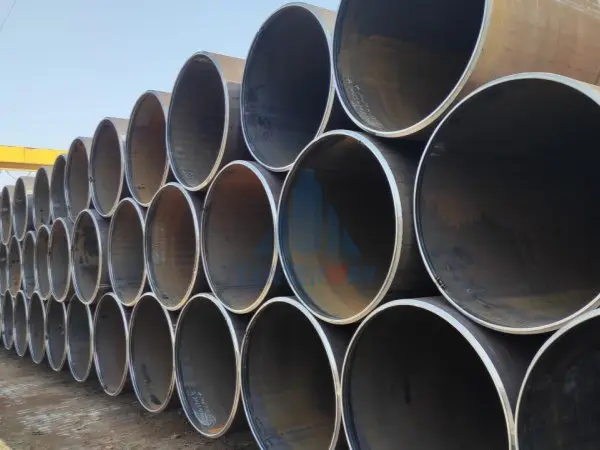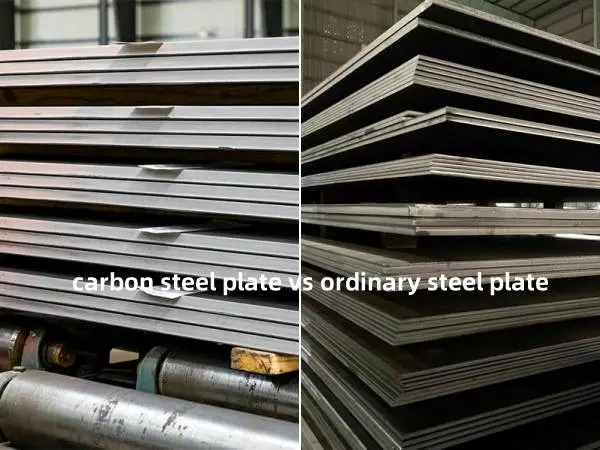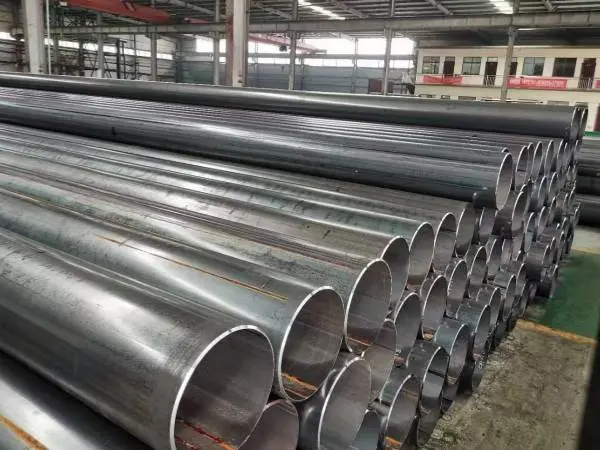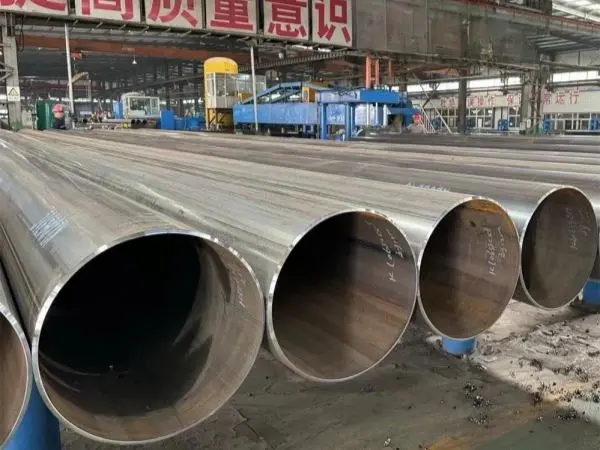- Phone0086 731 8564 8255
- E-mailsales@cscsteel-manufacturing.com
-

Seamless pipes are extensively applied across various industries, including petroleum, natural gas, chemicals, and electricity, due to their exceptional strength, resistance to corrosion, and ability to withstand high temperatures. A critical step in their production is heat treatment, which encompasses processes such as quenching and tempering to enhance the tubes' mechanical properties and corrosion resistance for specific industry needs. This article delves into the detailed procedures and principles behind the heat treatment of seamless tubes.
The heat treatment of seamless tubes is a meticulous process where factors like the rate of heating, peak temperature, and duration of heat exposure significantly affect the tube's performance. Crafting an optimal heat treatment protocol is essential for achieving the desired attributes in steel tubes.
The manufacture of seamless tubes often involves high-temperature heat treatments like quenching and tempering. Quenching heats the tube to a specific temperature to achieve full austenitization, followed by rapid cooling to convert austenite into martensite, a transformation that boosts the tube's hardness and strength. Tempering then暖s the quenched tube to a certain temperature, holding it for a period to allow the martensite to transform into tempered bainite, a structure that balances hardness, strength, and toughness.
Key considerations during the quenching process include:
Heating Temperature:
The tube must reach a temperature that allows complete austenitization, taking into account the material, dimensions, and wall thickness. Carbon steel typically requires temperatures of 800-900°C, while alloy steels may demand higher temperatures.
Cooling Rate:
Selecting an appropriate cooling rate is crucial for a uniform internal structure transformation. While faster rates lead to a more refined structure, they also pose a risk of deformation or cracking.
Cooling Medium:
Choosing the right medium, such as water, oil, or a salt bath, is essential to prevent cracking or deformation during cooling.
Tempering is equally significant in the heat treatment of seamless tubes:
Heating Temperature:
The tube is heated to a specific temperature to ensure a uniform transformation of its internal structure. Higher tempering temperatures generally result in reduced strength and hardness but improved toughness.
Insulation Time:
Maintaining the temperature for an adequate duration is necessary for a complete internal structure transformation, considering the material, dimensions, and wall thickness to ensure optimal performance.
Cooling Rate:
Controlling the cooling rate during tempering is vital for achieving the desired internal structure. Slower rates typically enhance toughness.
By meticulously managing these processes, the heat treatment of seamless tubes can significantly enhance their performance characteristics, making them suitable for demanding applications across diverse industries.




